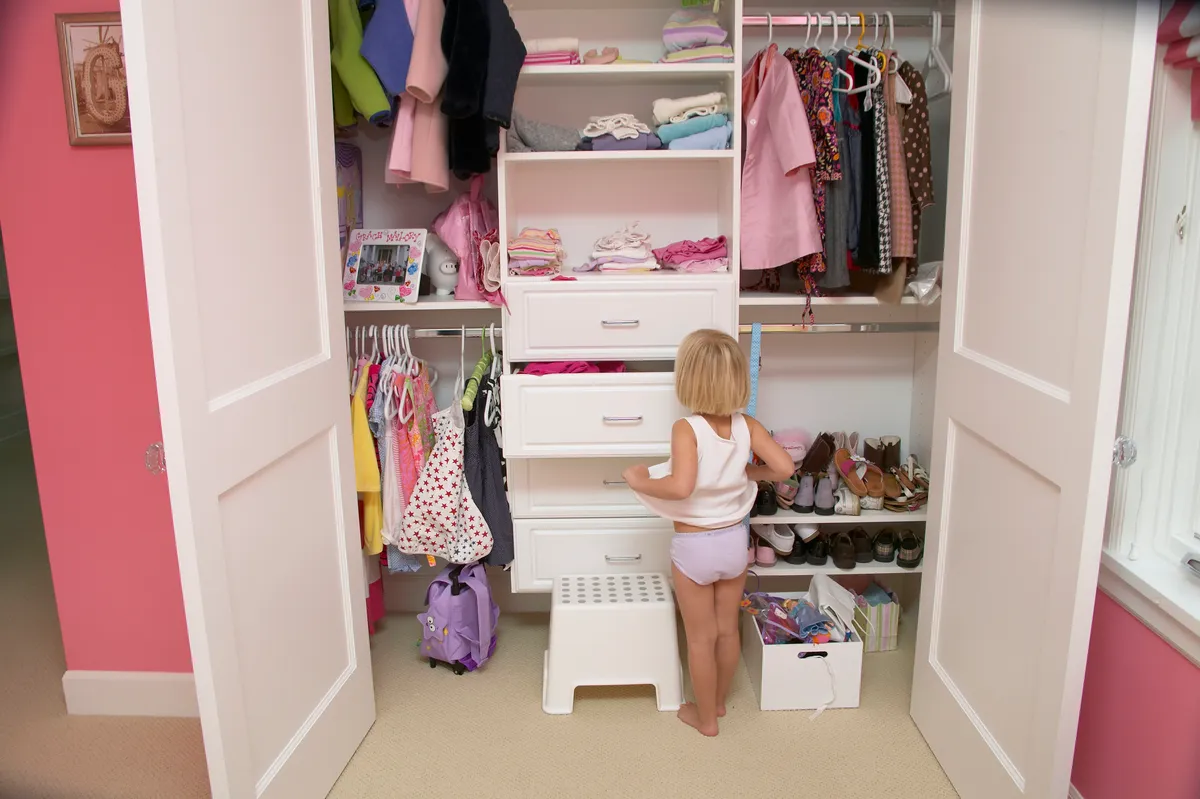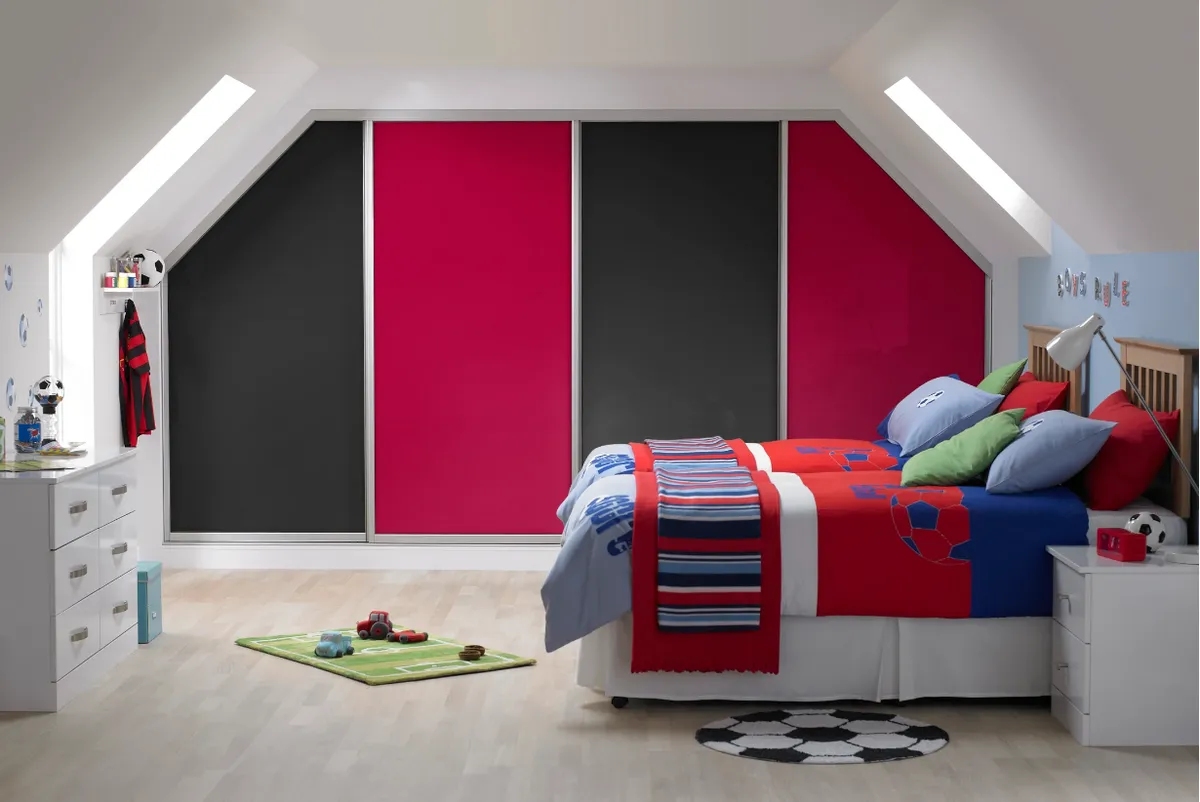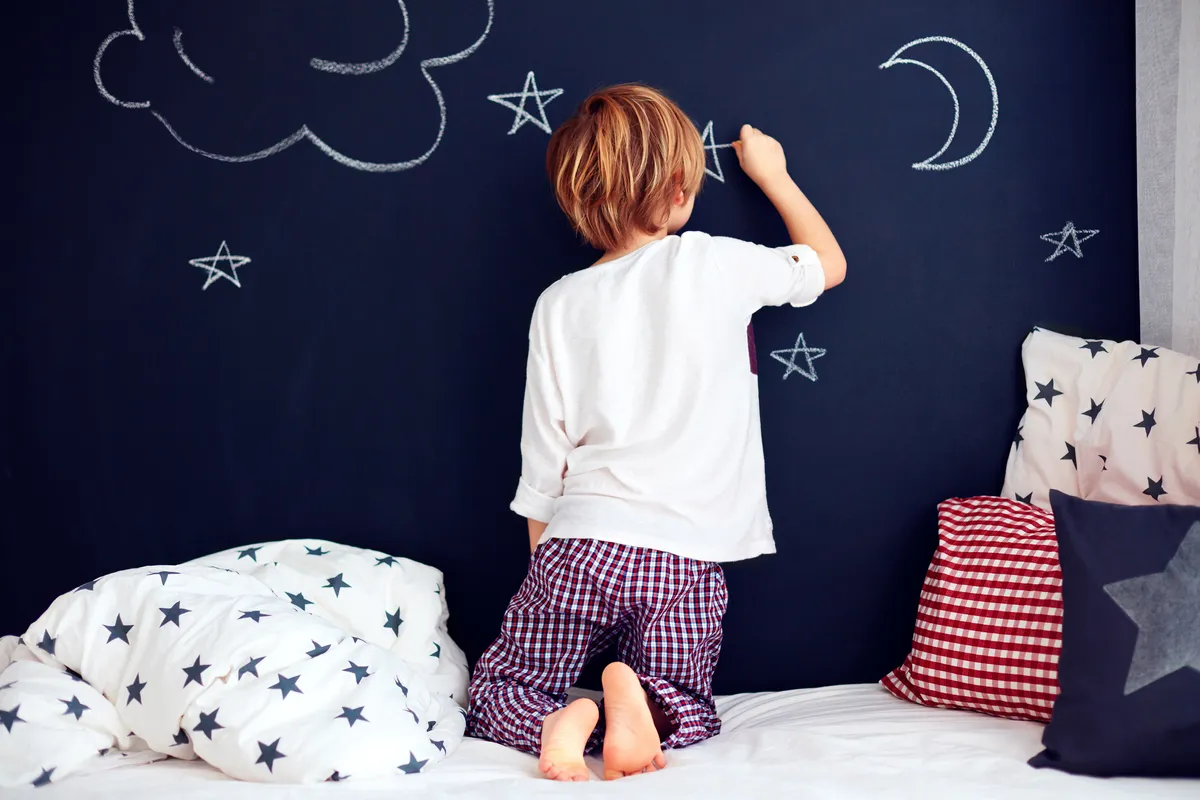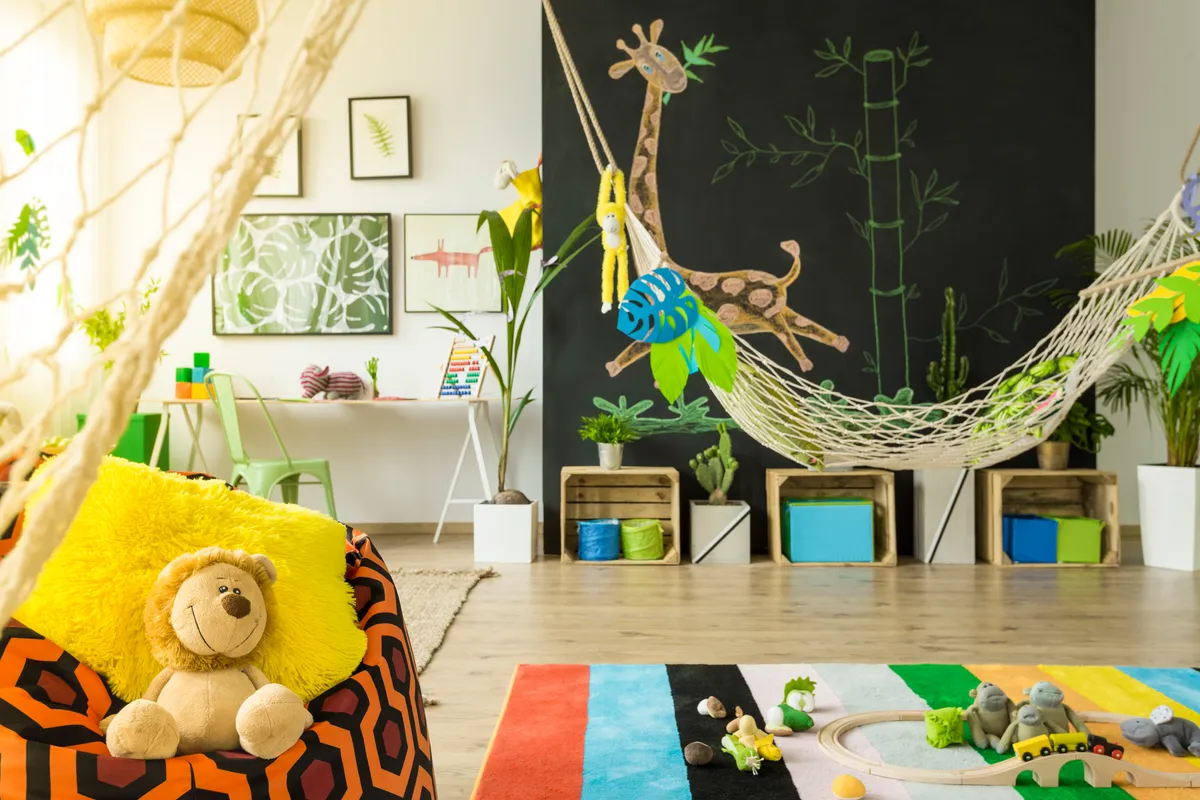Having created hundreds of children’s bedrooms, designer Meghan Baker from My Fitted Bedroom is talking us through the three main areas she considers when she first starts planning everything out. If you’re staring with a grey empty box-space and don’t know where to start, the following information is sure to help.
Think about storage
Treading on Lego is never fun. Especially when it’s three in the morning, and you’re already knackered from consecutive nights of interrupted sleep. Most kids aren’t going to take pleasure from tidying up after themselves, but it helps if they can actually reach the clothing rack.

A great option is to have a double rail in the wardrobe – one at least will be on a level they can reach. It’s a great way to slowly encourage independence, and as they grow you can adapt to a single rail option. Alternatively, having a small stool next to the wardrobe works well, although might not inspire quite as much confidence, as there’s the danger of falling.
Make your children's bedroom adaptable
It’s a popular choice to have a base colour of white in a kid’s room, and then have a bold pop of colour on top. Dark woods tend to feel too mature for children, but light wood finishes – like beech or soft grey - can work well and always look fresh. Of course, the plus side of this colour scheme means it’s easy to change the overall look of a bedroom by just changing the coloured items.

Meghan advises not to rule out coloured furniture though: “That’s not to say coloured furniture can’t be applied – there are some fantastic colour options for fitted furniture and sliding wardrobe doors. This red and white combination fitted in one of our customer’s homes looked fantastic! It makes a design statement on the main, feature wall.”
Many kid’s rooms are smaller, it makes sense. But making the most of the space you have available is a sure-fire way to make it look more stylish and thought-out. Bespoke furniture is the best way to achieve this, and even bespoke lighting helps - in a small room where there’s little space for lamps.
If the child is lucky enough to have a larger space, then it’s easier to make it more adaptable. Sliding wardrobe doors can hide away the biggest pile of toys and clothes. Leaving you with a blank canvas to work with and update as needed.
Meghan also advises not choosing a bed that’s too small: “This idea is part of the wider theme of not going too young when furnishing a children’s bedroom – it’s surprising how quickly they will out grow ‘children’s furniture’. Age specific items are best introduced with fun themes and accessories that can be more cost-effectively updated. The old adage of spend well, spend once certainly rings true when it comes to investing in fitted furniture best suited to the room with clever internal features that can grow with the child.”
Don't forget fun!
You’re only young once, and you can only get away with having a heavily themed bedroom as a child too. With more powerful imaginations, kids are often in a world of their own, but if you make their room a space that’s tailored to their personality it’ll be a safe-haven and a place they feel is totally theirs. Think magical fairy case take a look at this example of a sports themed mural.

Another of Meghan’s favourites are walls that works in an interactive sense. This feature wall doubles as a chalk board! Genius. It can be used to foster young artists, help them learn to spell, or even to illustrate your night-time stories. Other interactive options come from wall stickers that are often colourful and brimming with personality.

Top image Getty Images

